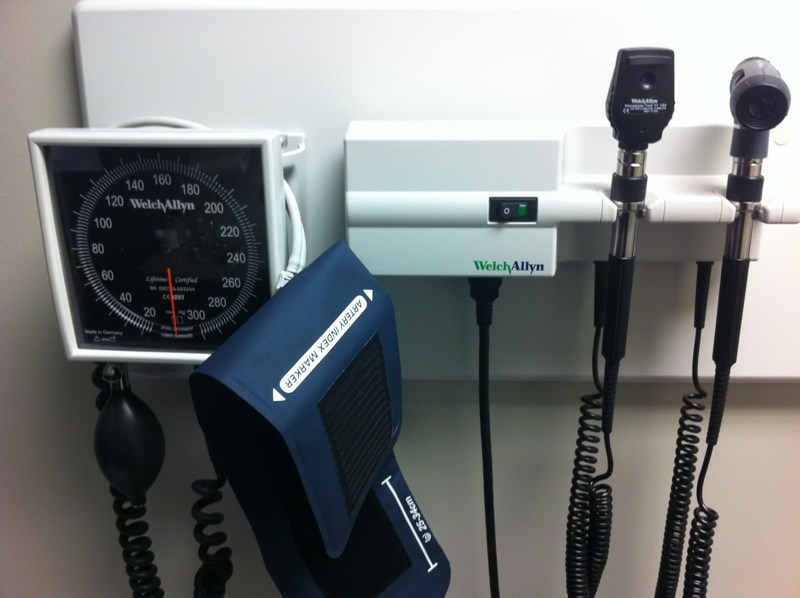Saskatoon emergency physician Dr. Janet Ferguson said the tears have flowed ever since the Humboldt Broncos hockey team bus crash on April 6.
Nearly two weeks after the crash that killed 16 people, the feelings of the emergency physicians who helped the victims are still raw.
“There’s been a lot of tears shed before today,” Ferguson said in an interview. “I’ve cried a lot about this over the last couple of weeks.”
Ferguson was one of three Saskatoon physicians who spoke Thursday at the Western Emergency Department Operations Conference, held at the Empress Hotel.
Their presentation was titled Code Orange: The Saskatchewan team shares experiences with the Humboldt Broncos tragedy. A Code Orange in hospitals indicates an external disaster with mass casualties.
The Broncos were heading to Nipawin for a Saskatchewan Junior Hockey League playoff game when their bus and a transport truck collided at an intersection north of Tisdale. There were 29 people on the bus. Sixteen people died and 13 were injured. Six remain at Saskatoon’s Royal University Hospital. The driver of the truck was not injured.
Victims were originally taken to hospitals in Nipawin, to the north, and Tisdale, to the south. “We were so impressed and grateful” for the excellent care they received in those hospitals, said Ferguson.
Dr. James Stempien, another Saskatoon emergency physician, agreed: “The job they did in that small facility to keep people stable was fantastic.”
Within hours, patients were transferred to larger hospitals in Saskatoon.
“We plan or do trials of Code Orange and I think everything we wanted to have happen happened in terms of organization and people coming in, but when we sat down and looked at the process we found lots of things that could be better next time,” said Stempien.
Simple things could be “a little bit slicker” — checklists so that front-line workers don’t have to think or remember what they have to do immediately, adjusting how physicians are assigned, re-scheduling shifts in the days afterwards, and better colour co-ordination and sizing of vests to identify various teams, explained Stempien.
Doctors were told of the importance to plan and rehearse for a Code Orange but then be flexible, said Island Health conference co-chairman Jon Schmid, about what he took from the presentation.
One of the doctors working in emergency had a son on the bus. The son survived.
“It’s harder when it’s youth, and Saskatchewan is a small province and it’s people you potentially know,” said Stempien.
Ferguson addressed providing care for physicians after a mass casualty event. In Saskatoon, there were doctors and nurses trained in critical incident and stress management to guide their peers. “It was very important and fortuitous that we already had that arranged.”
At the Victoria conference, it was healing to speak to other ER doctors, Ferguson said. “It’s therapeutic to connect with the only other people who could possibly understand what it’s like — your peers, physicians or nurses.”
“It hit so close to home, it did affect a lot of people,” said Stempien.



